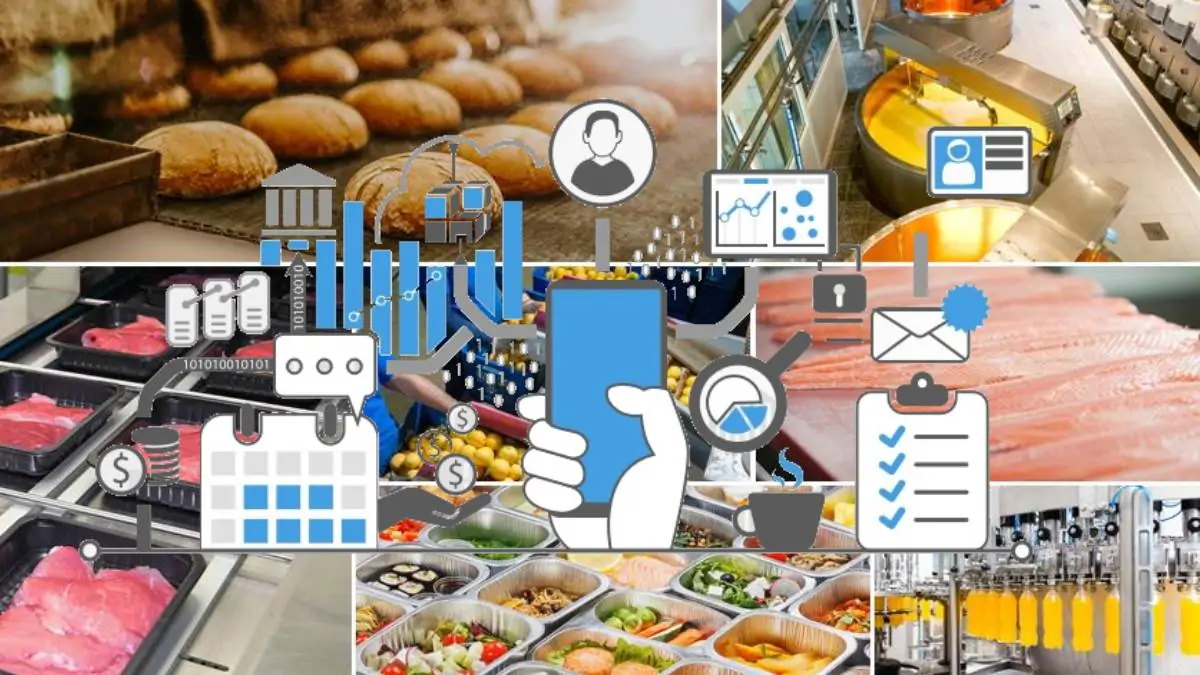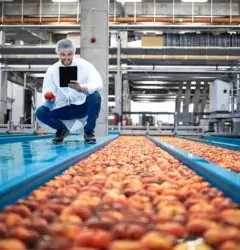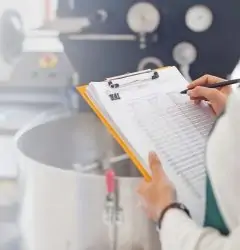06 Jul

Management remains the key concern of most manufacturers to this date in the food and beverages industry. From storing the raw materials to processing, organizing, and shipping them, everything needs to be done in a precise manner. It becomes even more difficult to manage all production stages when you chip in some other variables such as allergens, freshness, batch control, etc.
When it comes to the supply chain of such manufactures, it is crucial that they must deliver on time. From growers to sellers, every factor adds time to the delivery calendar. There’s no hard and fast rule that everything will be done according to the requirements of the manufacturers and they are always prone to having some delivery delays. Therefore, the food and beverage manufacturers must construct a reliable Distribution Requirements Planning process to enhance the supply chain performance.
Details About Food and Beverages Production and Process Requirements
A well-constructed food and beverages production process requires the determination of what your customers need and when can you deliver what they want. If the manufacturers fail at making an integrated food and beverages production process, the product quality will collapse, the production will get delayed, there will be wastage of food and drinks, and one will have difficulty coping with the unexpected turn of events or disruptions.
Nothing can make such humungous disruptions like this novel coronavirus pandemic where there’s a huge gap between the supply and demand – empty stores with a truckload of products on the shelves. In another event, demand exceeded supply when Texas encountered various power outages which resulted in the shutdown of plants all across the state. In such conditions, the goal of food and beverages manufacturers must be:
- The workflow must be optimized in such a way that a product reaches from point A to point B efficiently and timely
- The delivery time and date must be set correctly so that your partners and customers fulfill their own requirements
- Avoid overstocking or understocking because you know what you have in store and when it’s going to get out for delivery
- The inbound and outbound shipments must be properly optimized so that you can cut down transportation costs to a considerable amount
This kind of goal can only be achieved if the manufacturers accurately forecast the sales of the products and the transportation of the raw materials. When it comes to the food and beverages industry, manufactures also have to consider the freshness, the temperature suitable for the products, expiration dates, etc. If the manufacturers miscarry any of these variables, the supply chain can take a pretty bad hit.
How Technology Helps?
When you have to manage everything at once, keeping the score on a spreadsheet becomes an even bigger nuance. Thus to avoid this, technology jumps in that enables the food and beverages manufacturers to:
Optimize the useful life of ingredients – With the help of Microsoft Dynamics 365, the manufacturers can track the shelf-life of most raw materials. In this way, the time that the raw materials pass in the supply chain will be minimized considerably. Microsoft Dynamic 365 will give you regular alerts to rotate the inventory so you never miss an expiration date. The manufacturers will not just be able to optimize the life of their ingredients but they will also be able to manage the entire inventory.
Prepare for unexpected scenarios – Unexpected events are inevitable in any business. You never know when you’re going to get struck by a hurricane, flood, or any other weather change. You also don’t know when you can lose a vendor or a wholesaler. All of such unexpected scenarios can have a serious effect on your supply chain. However, the latest technology can come up with model scenarios along with the most suitable responses to such scenarios to help you get prepared.
Ensure on-time delivery – Having the products get delivered on time is the biggest concern of almost all the manufacturers. But with the latest AI-enriched software – filled with sales and supply chain data – this concern has sufficiently toned down. The manufacturers can now trim the production costs without disrupting the customer service. Advanced Warehouse and Transportation modules have enabled the manufacturers to timely and efficiently deliver their goods. In addition to this, the entire delivery process remains transparent to you and you can see where your shipments are at each step of this process.
Track and manage multiple vendors – Often, numerous vendors work on a single product so it becomes difficult for the manufacturers to properly communicate with all such vendors at once. But with the help of Microsoft Dynamics 365 Supply Chain Management, you can efficiently communicate with all your vendors through vendor portals, EDI, or vendor collaboration. This approach helps to ensure that your vendors are using the right resources. Plus, the manufacturers will also get a good view of the entire inventory across various locations.
Maximize capacity utilization – The right tools and planning can help the manufacturers in making the most of their raw materials, resources, workers, work centers, plants, etc., to produce the highest quality goods and to speed up the delivery process.
Conclusion
Many things can disrupt the supply chain of the food and beverages industries. However, in order to enhance the performance of the supply chain, the latest technology can do wonders. With the help of Microsoft Dynamics 365 Supply Chain Management, the manufacturers can track their products, their quality, and the storage space. In addition to this, this technology helps in the master planning of the raw materials and how they can be balanced and utilized in the future to fulfill the company’s goals. An ERP solution is also offered by Microsoft Dynamics 365 that helps to manage all the aspects of your food and beverages business, thus, enhancing the performance of your supply chain.




Ecodocs